Intel has publicly launched another Cooper Lake part with very little fanfare. In Q4 2020, the company launched a single-socket-only 3rd Generation Intel Xeon Scalable CPU with an 88W TDP and 26 cores/ 52 threads. It is called the Intel Xeon Platinum 8321HC and is very different from other Cooper Lake SKUs. We believe this may be the style of part Facebook is using in its Yosemite V3 nodes to replace the Xeon D-2100 series from 2018. What makes this a bit harder is that Intel has not been very forthcoming about this part, so we take a look.
The Intel Xeon Platinum 8321HC Cooper Lake Mystery
First off, this is a hard part to even find. Intel does have it in its ARK system, but it is not searchable. Here is a great example where you can see we are searching for the processor on ARK, from the product page and get no results. Intel does this with a number of “public/ not public” Xeon parts so it is not unusual.
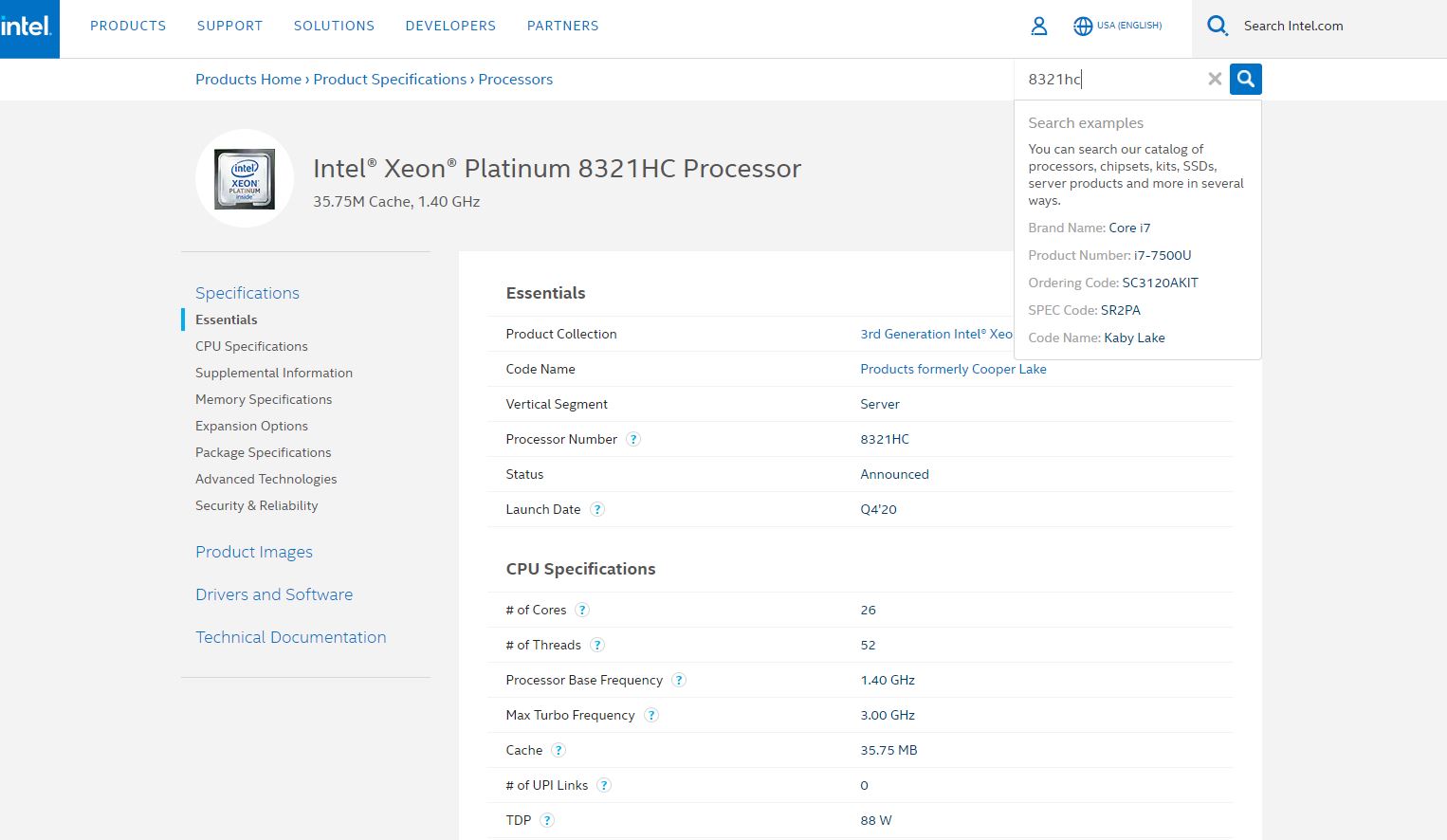
We covered the 3rd Generation Intel Xeon Scalable Cooper Launch for 4P and 8P. There was a quiet Intel Xeon Cooper Lake product line expansion. All of those processors were designed for 4P and 8P operation. This particular Cooper Lake processor has 0 UPI links instead of 6 UPI links. One of the signature features of the Cooper Lake line is that it is designed for 4-socket operation, but zero UPI links makes the Platinum 8321HC a single-socket part. For the June 2020 launch, we did a hands-on with a Supermicro SYS-240P-TNRT:
We just did a review of the Gigabyte R292-4S1 2U 4-Socket Cooper Lake Server:
However, those are 4-socket only platforms that take advantage of the 6x UPI link infrastructure that doubles the socket-to-socket bandwidth over the Skylake/ Cascade Lake series. That is clearly not something the Platinum 8321HC is taking advantage of if it has zero UPI links instead of six.
The next question is what is this 26 core, no UPI link Xeon targeting? Our best guess is Facebook Yosemite V3 style deployments, replacing the Xeon D-1500 series in Yosemite V1 and the Xeon D-2100 series in Yosemite V2. Here is one portion of the Facebook OCP Yosemite V3 Delta Lake platform with four Cooper Lake nodes:
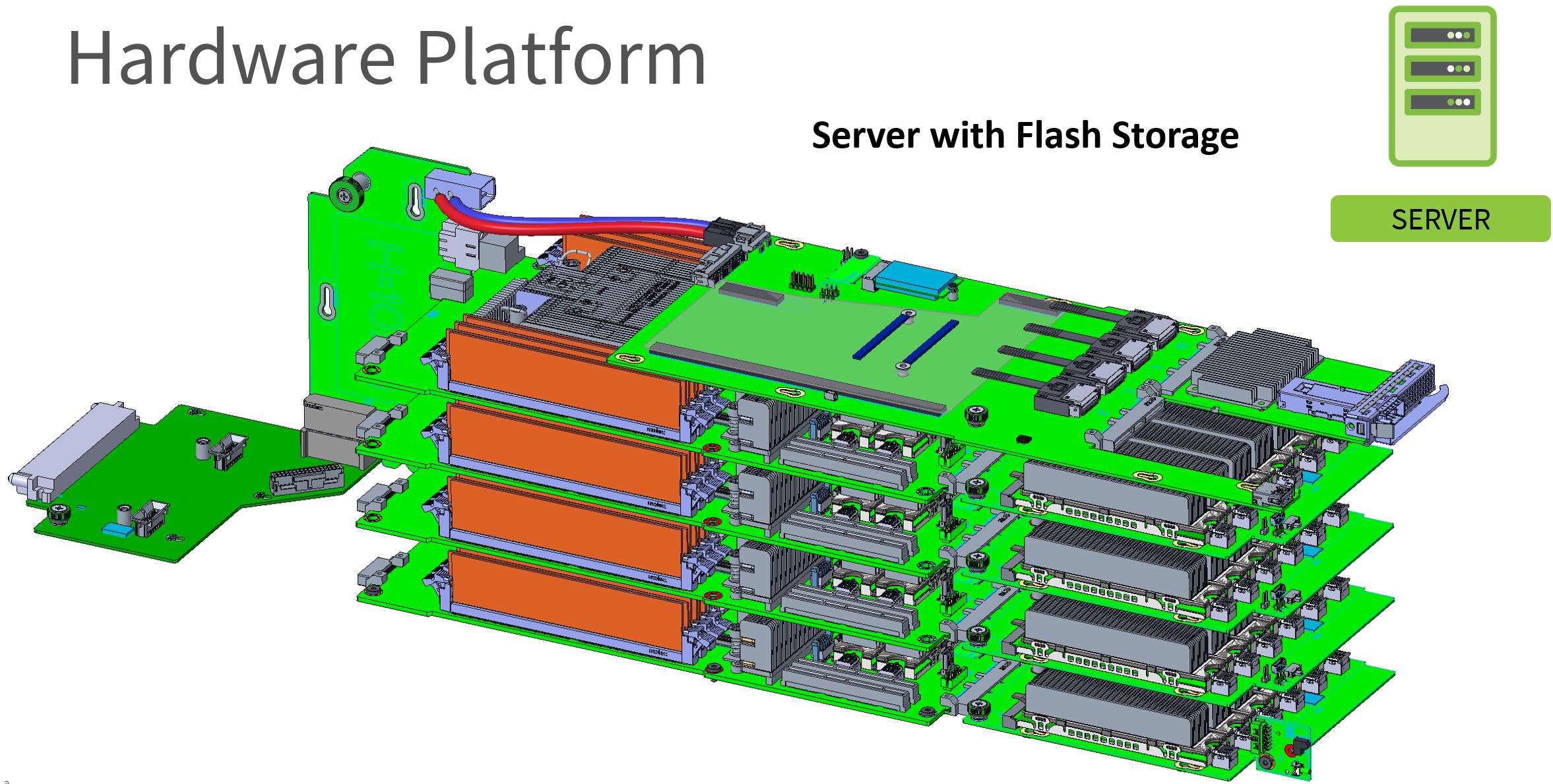
Here is a shot of an actual node. One can see that one of the key features of the node is that it can support Optane PMem 200. The memory slots are blocked because Intel still wanted to keep the platform a secret.
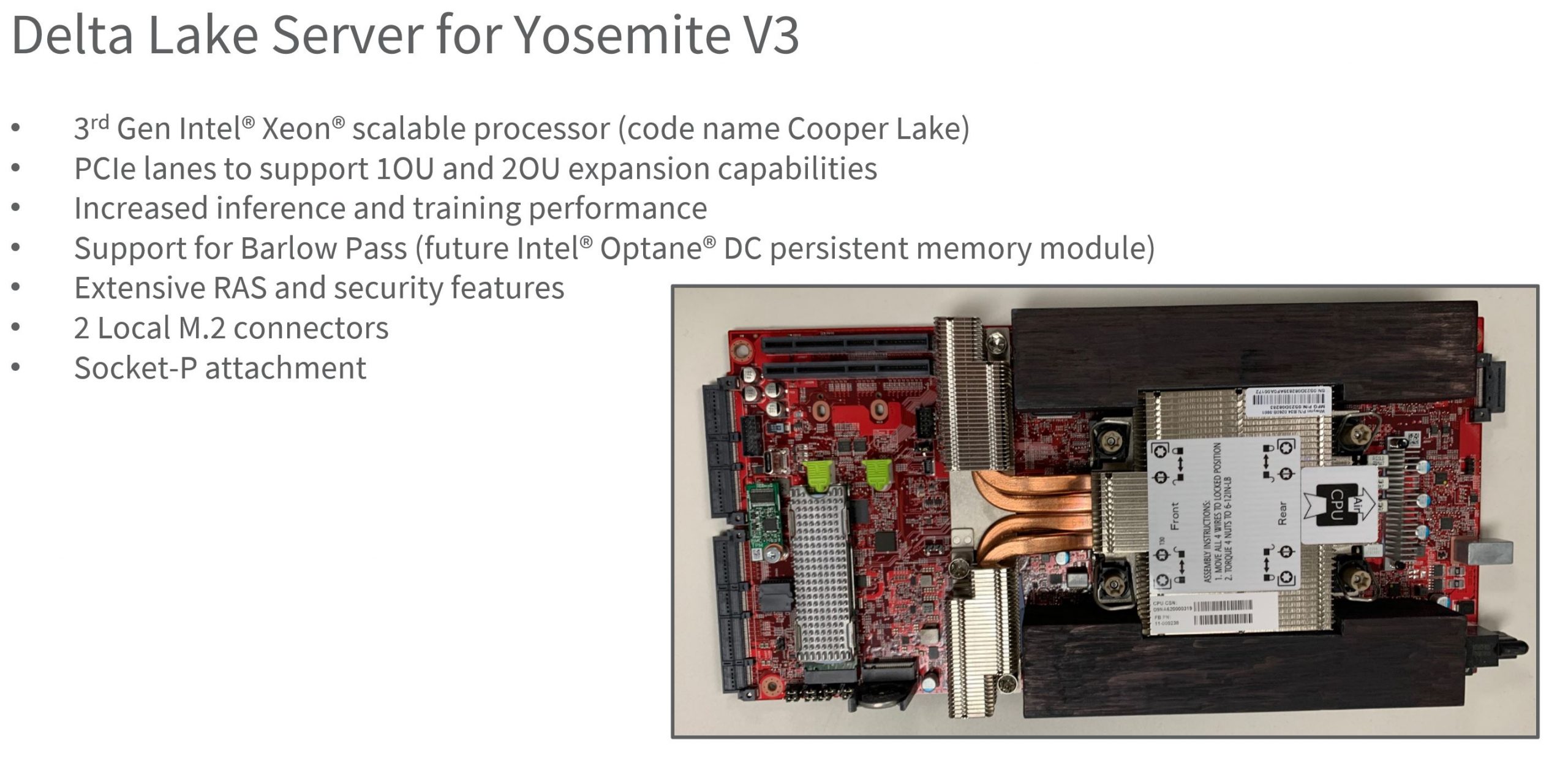
Despite that, Facebook showed off the Delta Lake node block diagram:
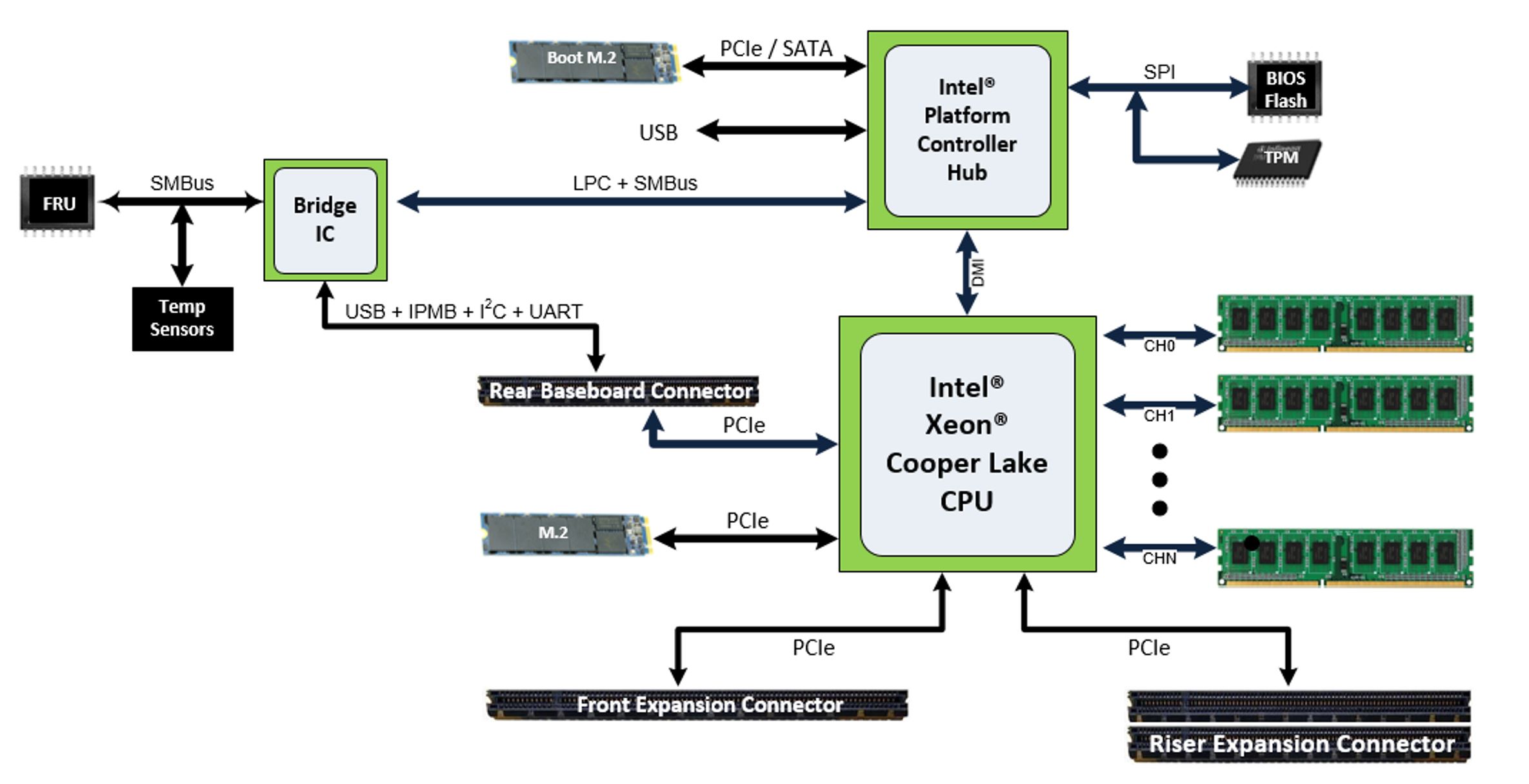
As one may notice here, this is a single socket-only solution based on the block diagram and node design. Here is a quick video on this, and the multi-socket servers Facebook showed:
Our best guess on what the Intel Xeon Platinum 8321HC represents is a CPU that could be used in this type of deployment, replacing the previous generation Intel Xeon D-2100 series 18-core parts.
The Intel Xeon D-2191 was a public 18-core part that had an 86W TDP running at 1.6GHz to 3.0GHz. The Xeon Platinum 8321HC is a 26 core part running at 1.4GHz base and a 3.0GHz Turbo. That also makes it considerably lower clocked than the 26-core public 2nd Gen Intel Xeon Scalable Refresh part, the Xeon Gold 6230R, but also lower power. The Gold 6230R is a 150W TDP part. As we can see, the Platinum 8321HC has 48x PCIe Gen3 lanes like the larger Cooper and Cascade parts, and 16 more lanes than the Xeon D-2100 series. Here is the table view:
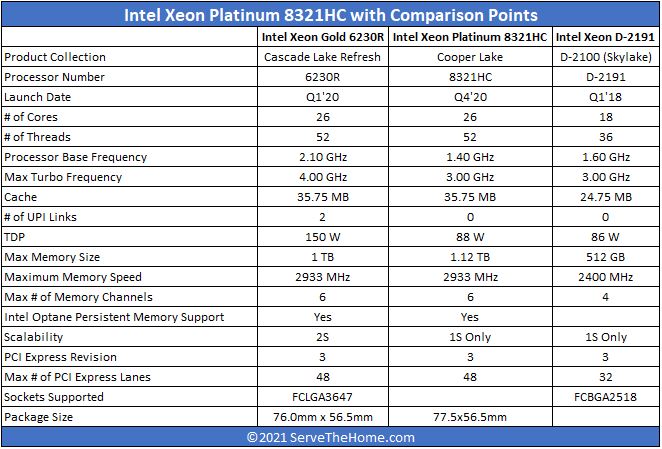
One small note is that the Cooper CPUs still use external Lewisburg refresh PCH’s whereas the Xeon D-2100 series brings that Lewisburg PCH IP onto the package.
Final Words
We do not know exactly what the Xeon Platinum 8321HC is, however, if we were to make a guess it is primarily intended to play a role as a replacement for the Xeon D-2100 series. With 44% more cores, more cache, more memory capacity, memory bandwidth, and Optane Memory support, more PCIe lanes, and updated Spectre/ Meltdown fix it offers a significant bump in specs. From a competitive standpoint, this may be one of the parts keeping Intel in Facebook’s web front end versus the AMD EPYC line.
Intel has a ton of bespoke parts that it sells to customers, this seems to be one of them. It is also very cool that Intel has a 26 core 88W TDP Xeon.

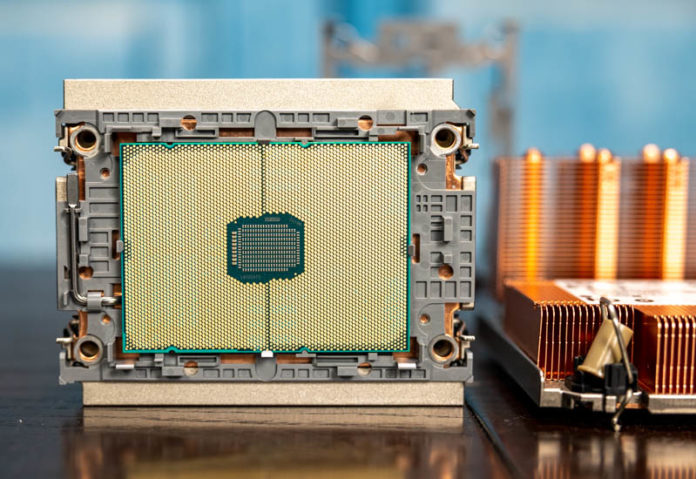



STH’s like yo here’s all the deets on this Cooper Lake including what Intel doesn’t want ya to know.
Elsewhere, them crickets chirpin’
@Tyrell wut U smokin? where can I snag sum?
The searchable thing is I believe a bug, I experienced it systematicly during my searches for Xeon e7 v2,3,4 products a few weeks back.